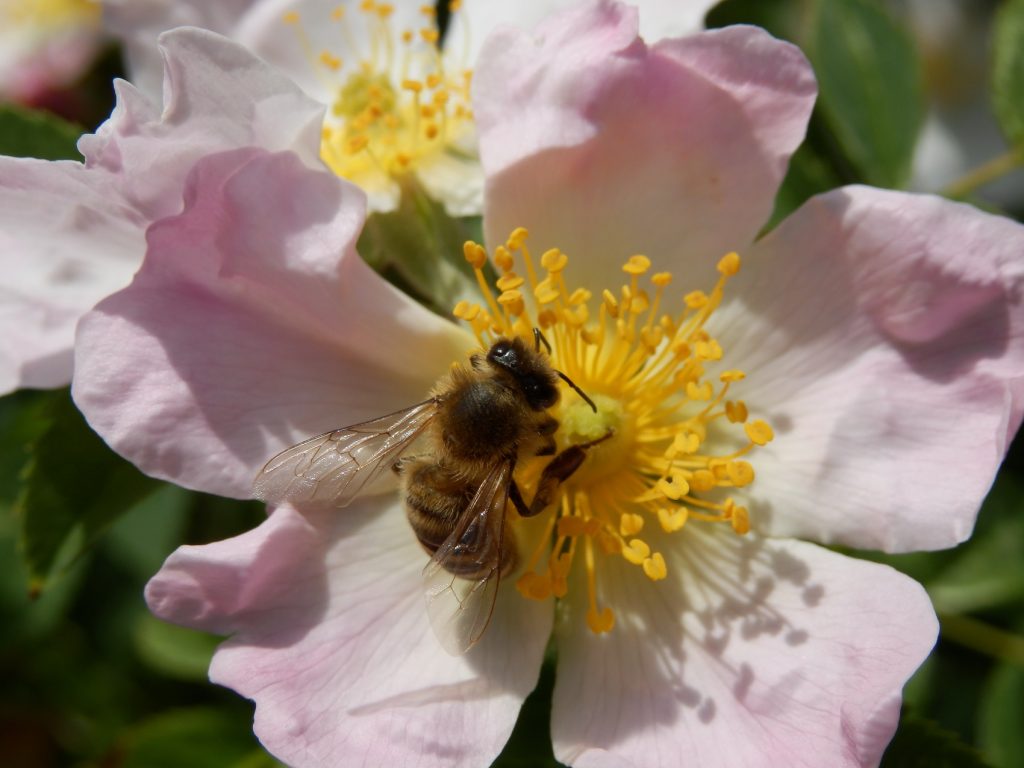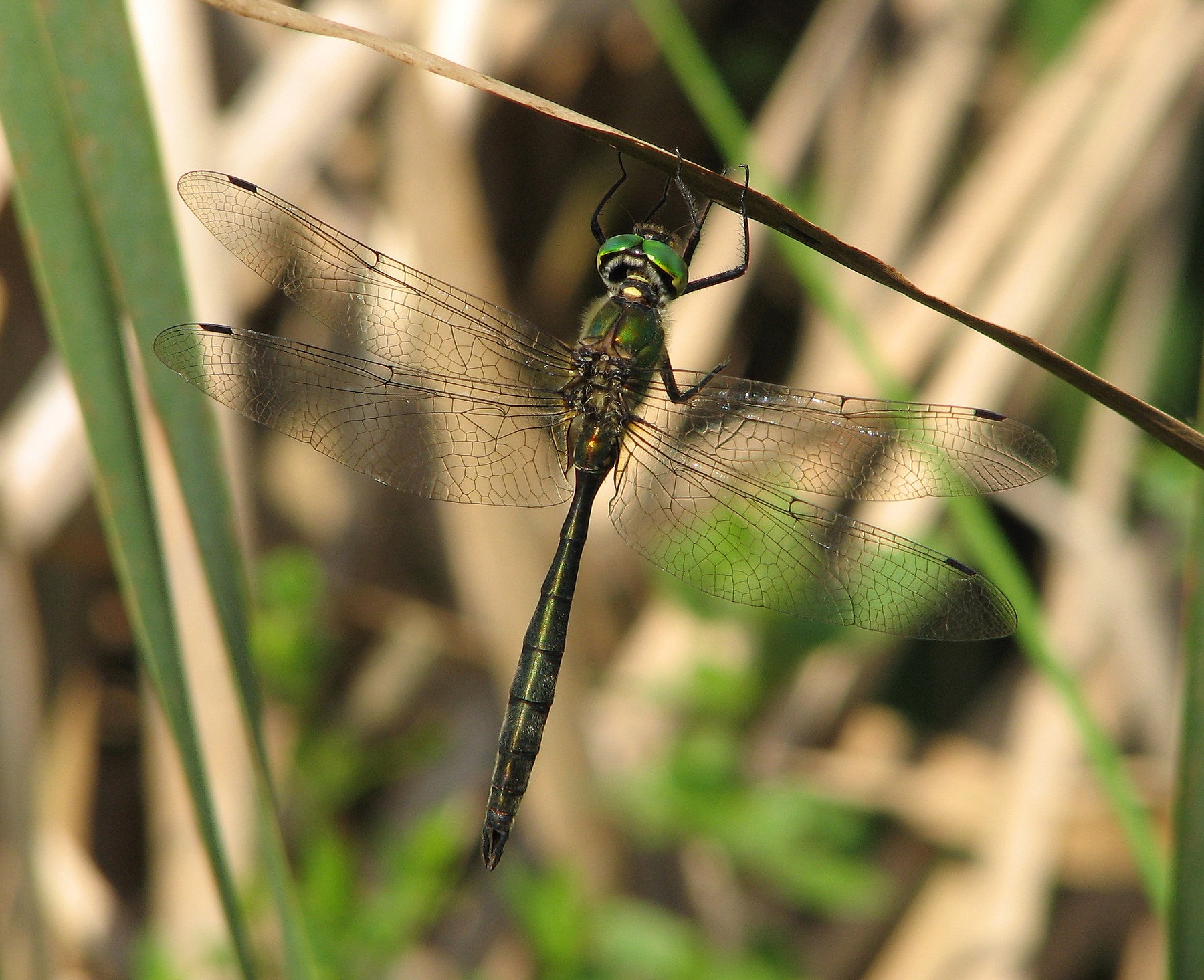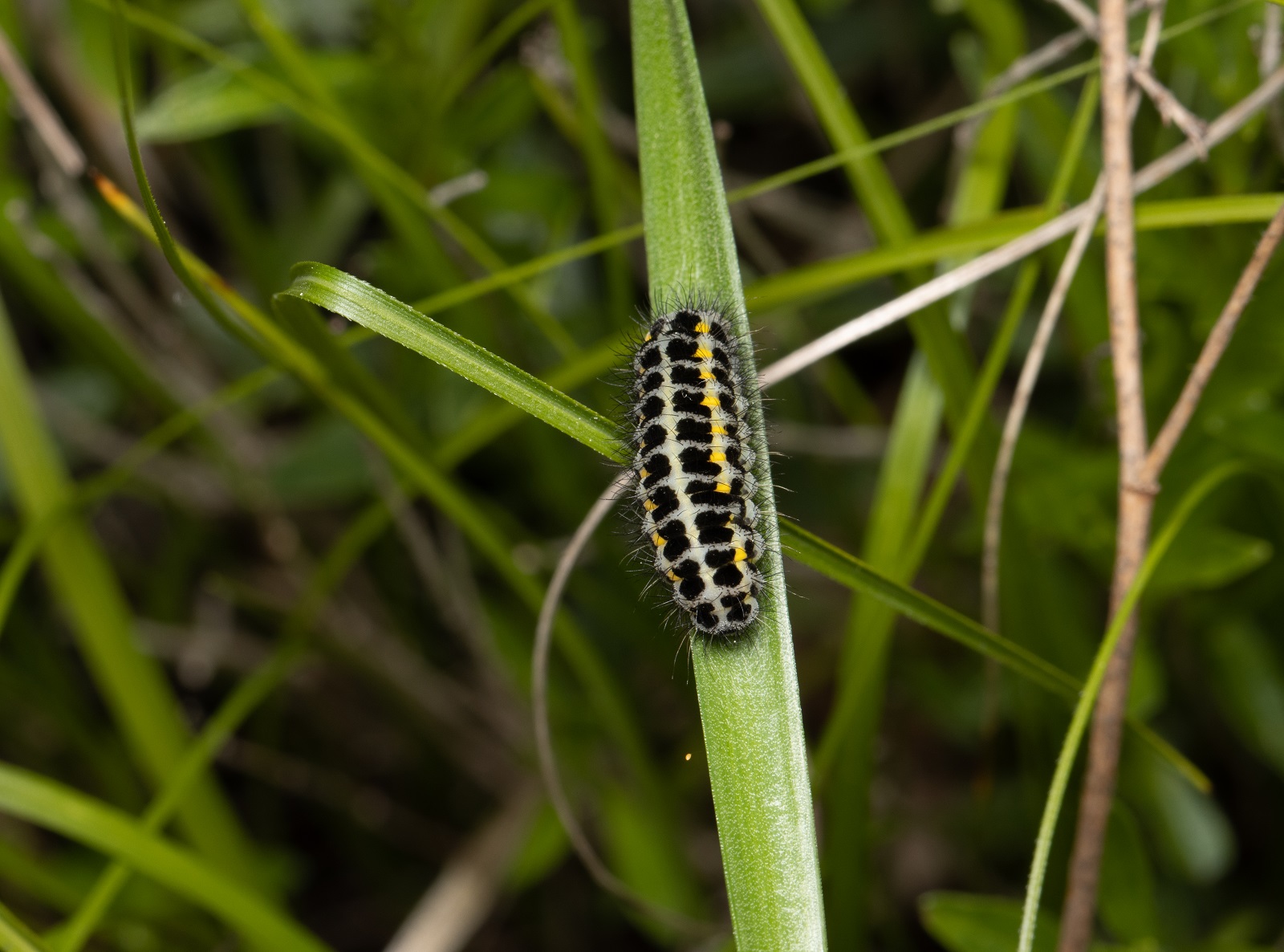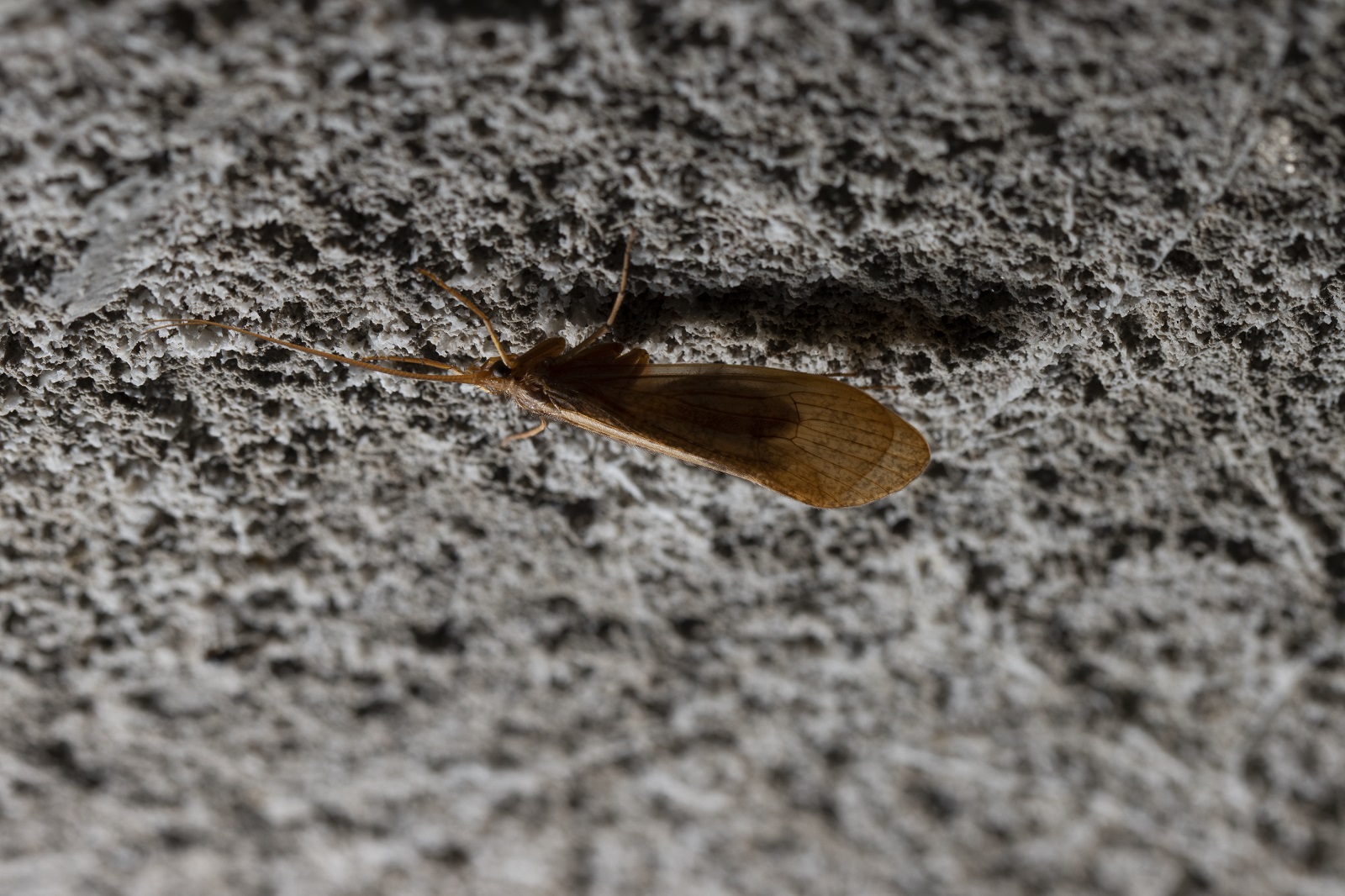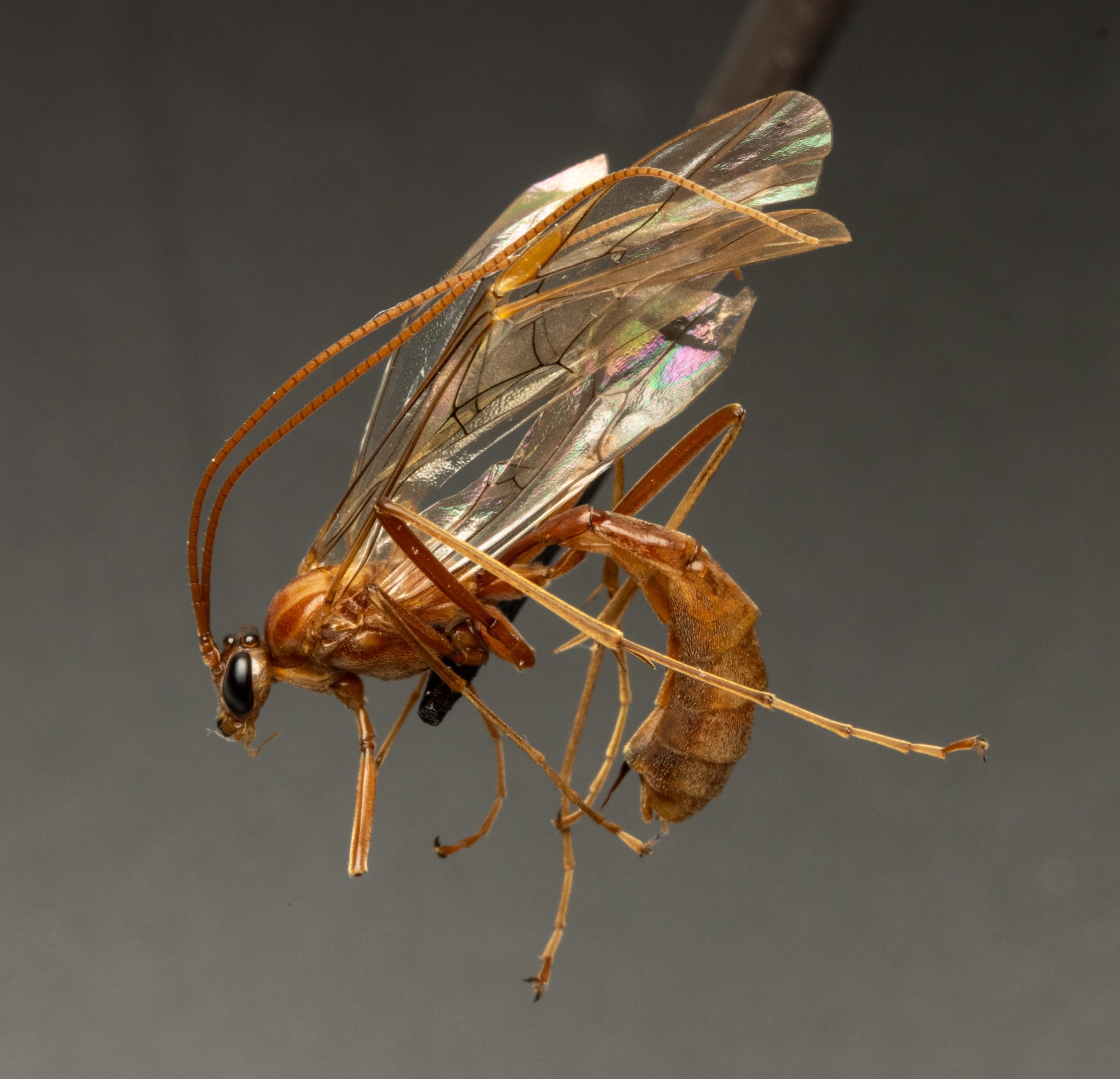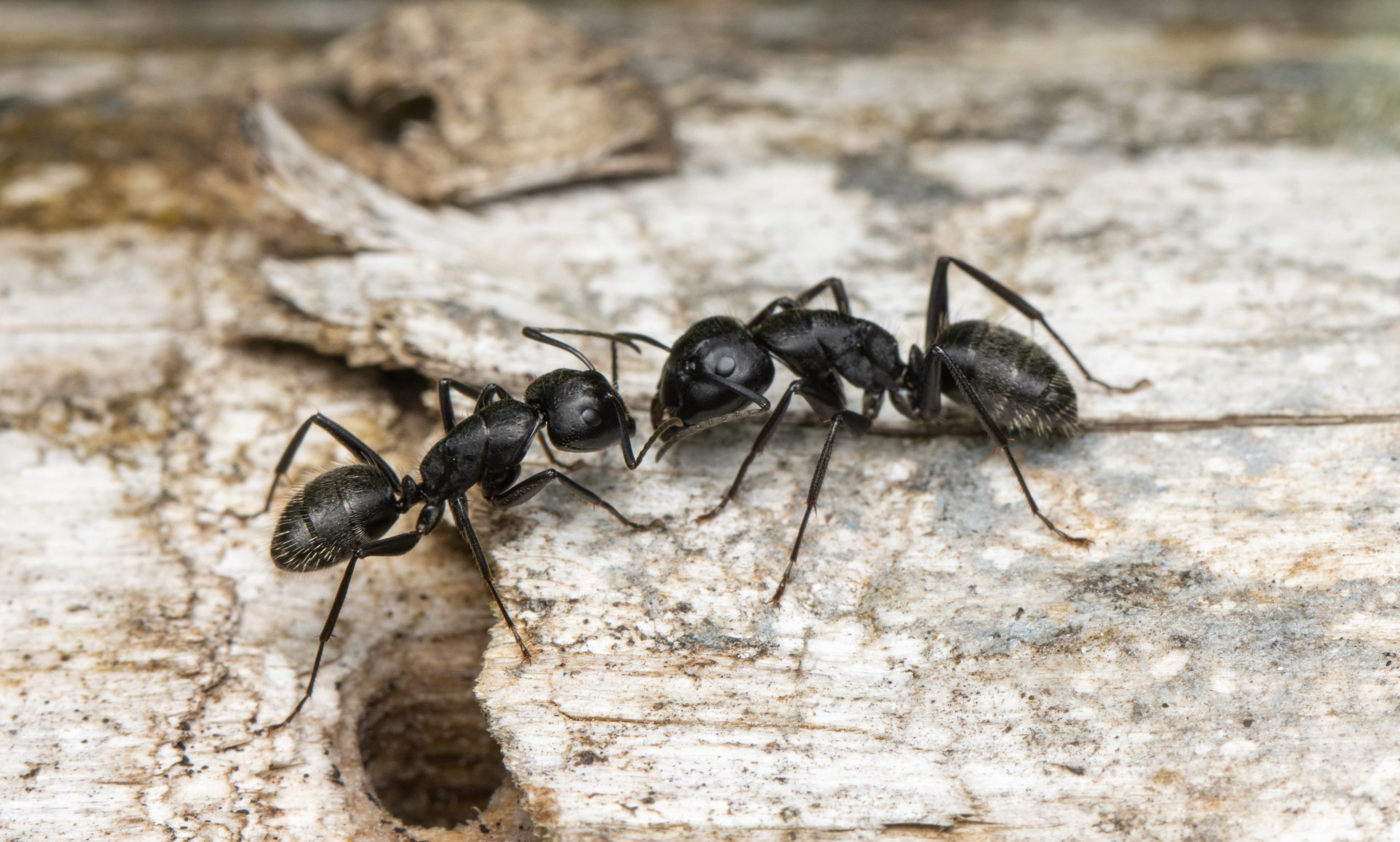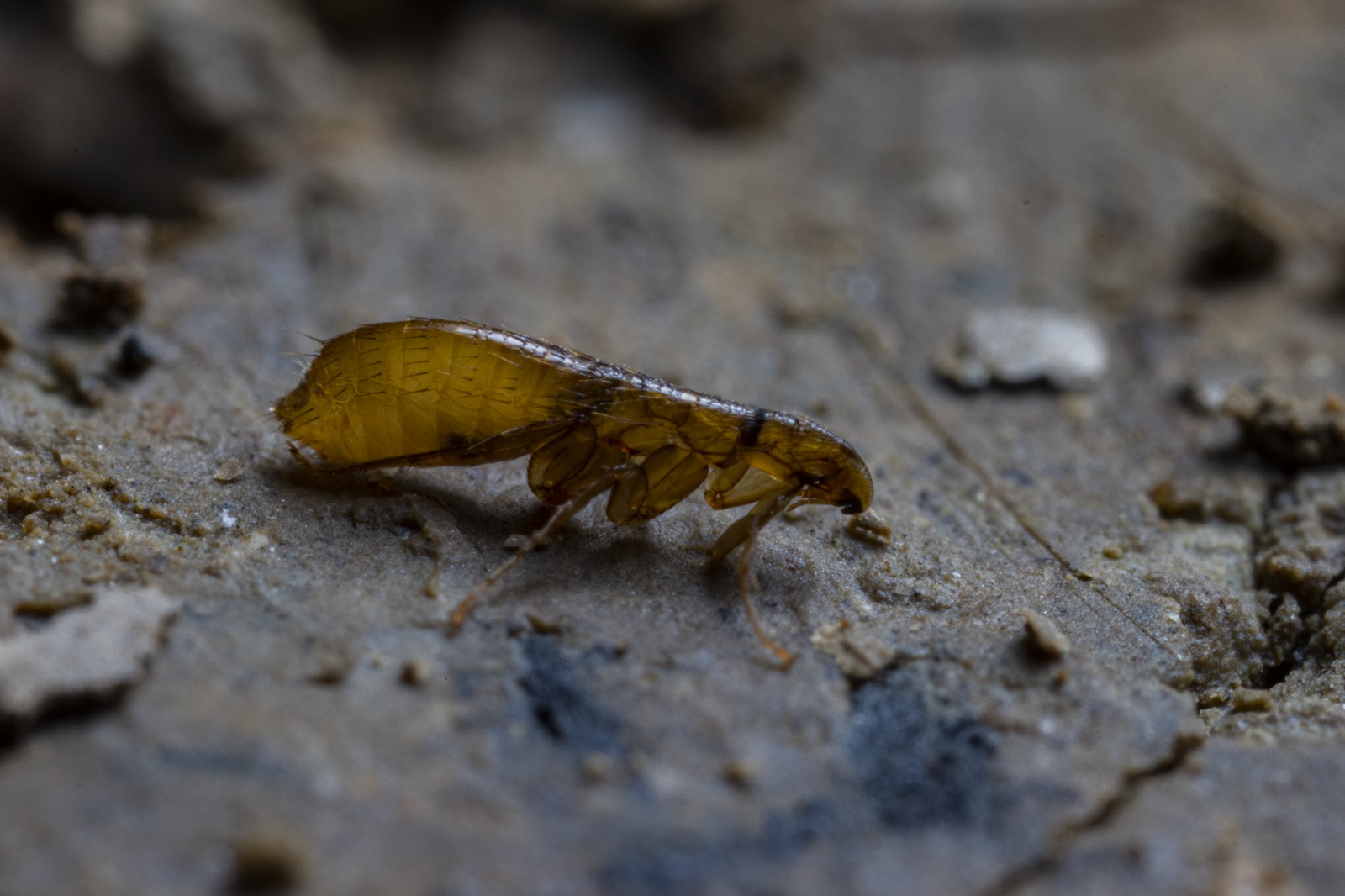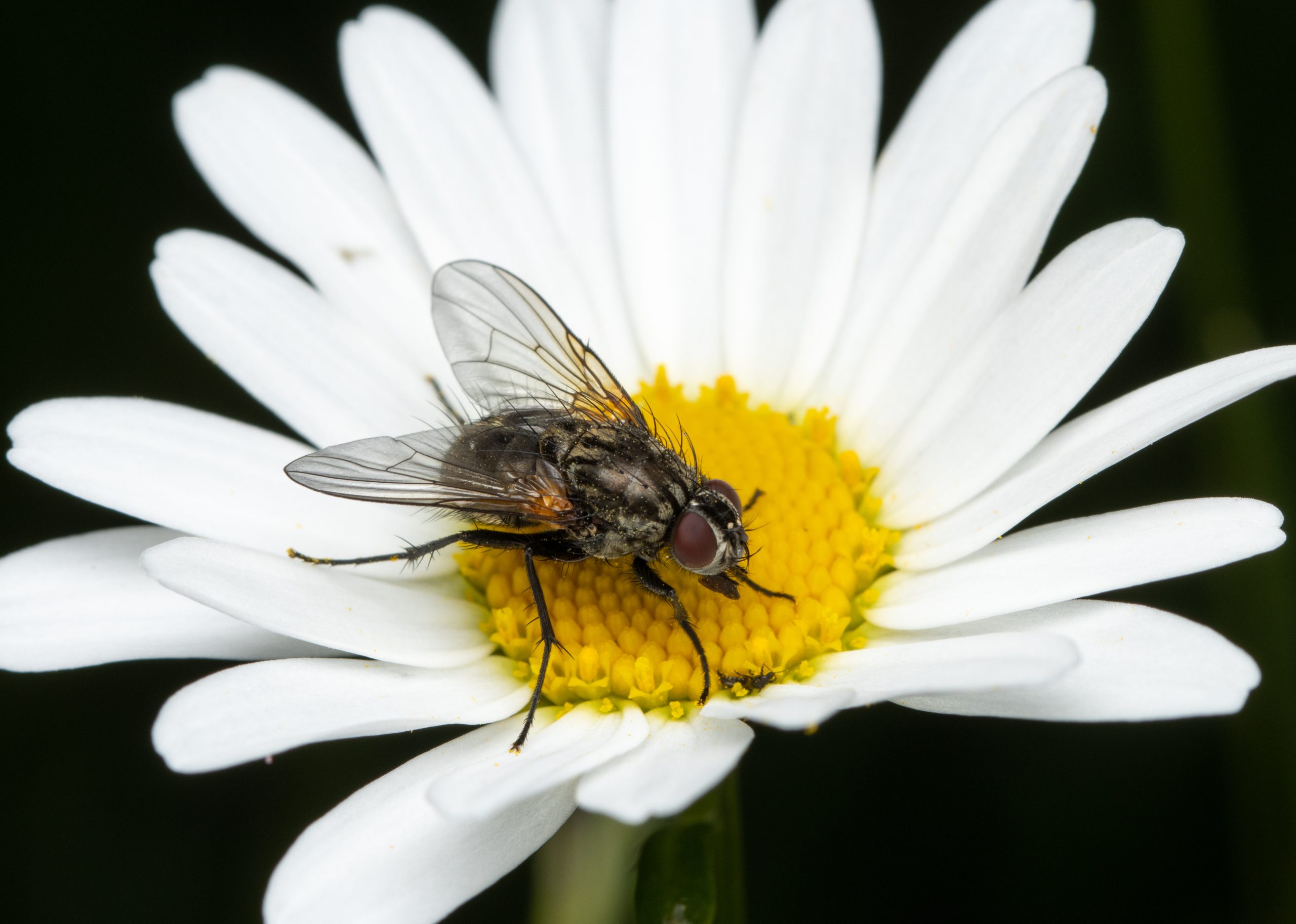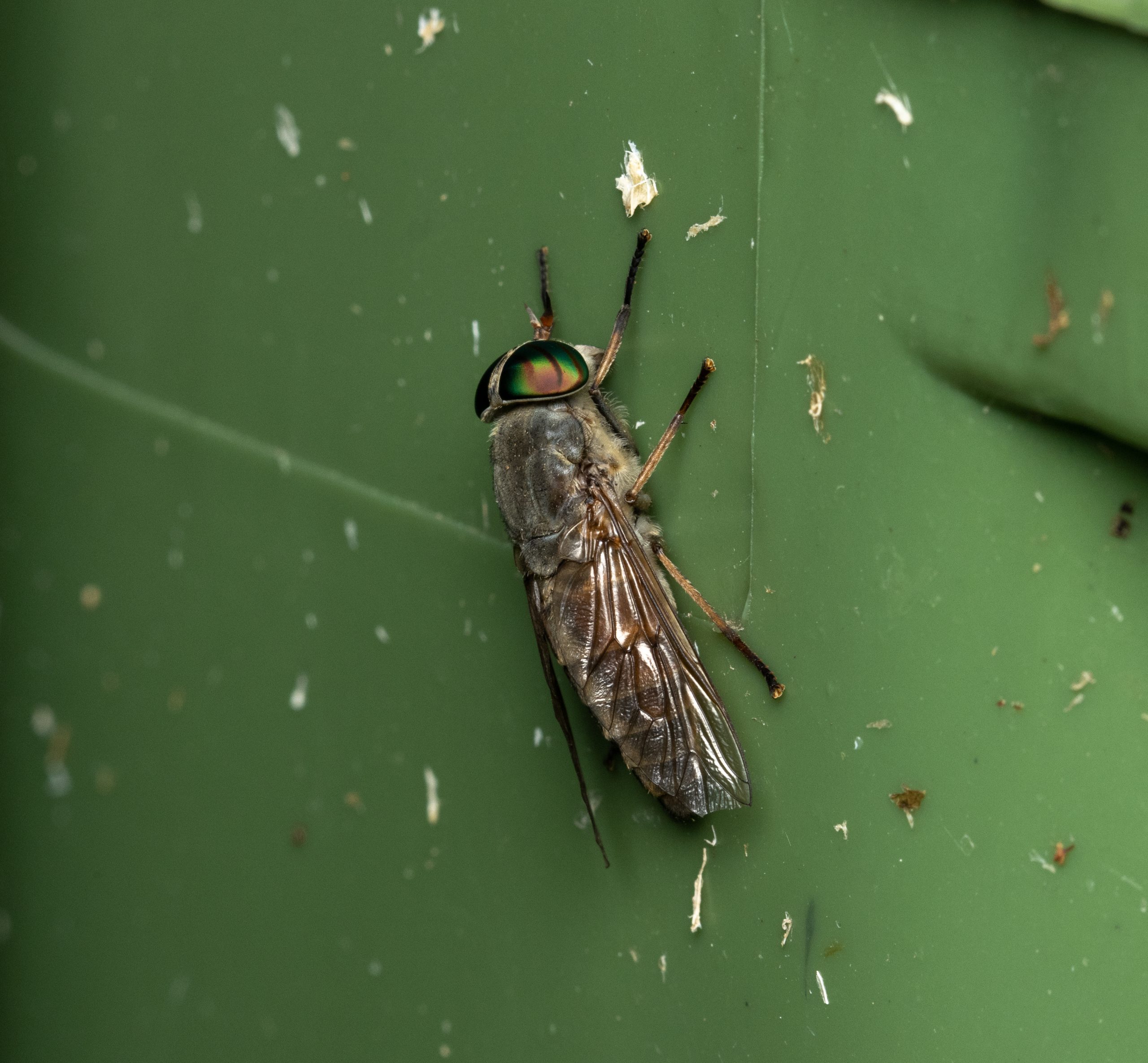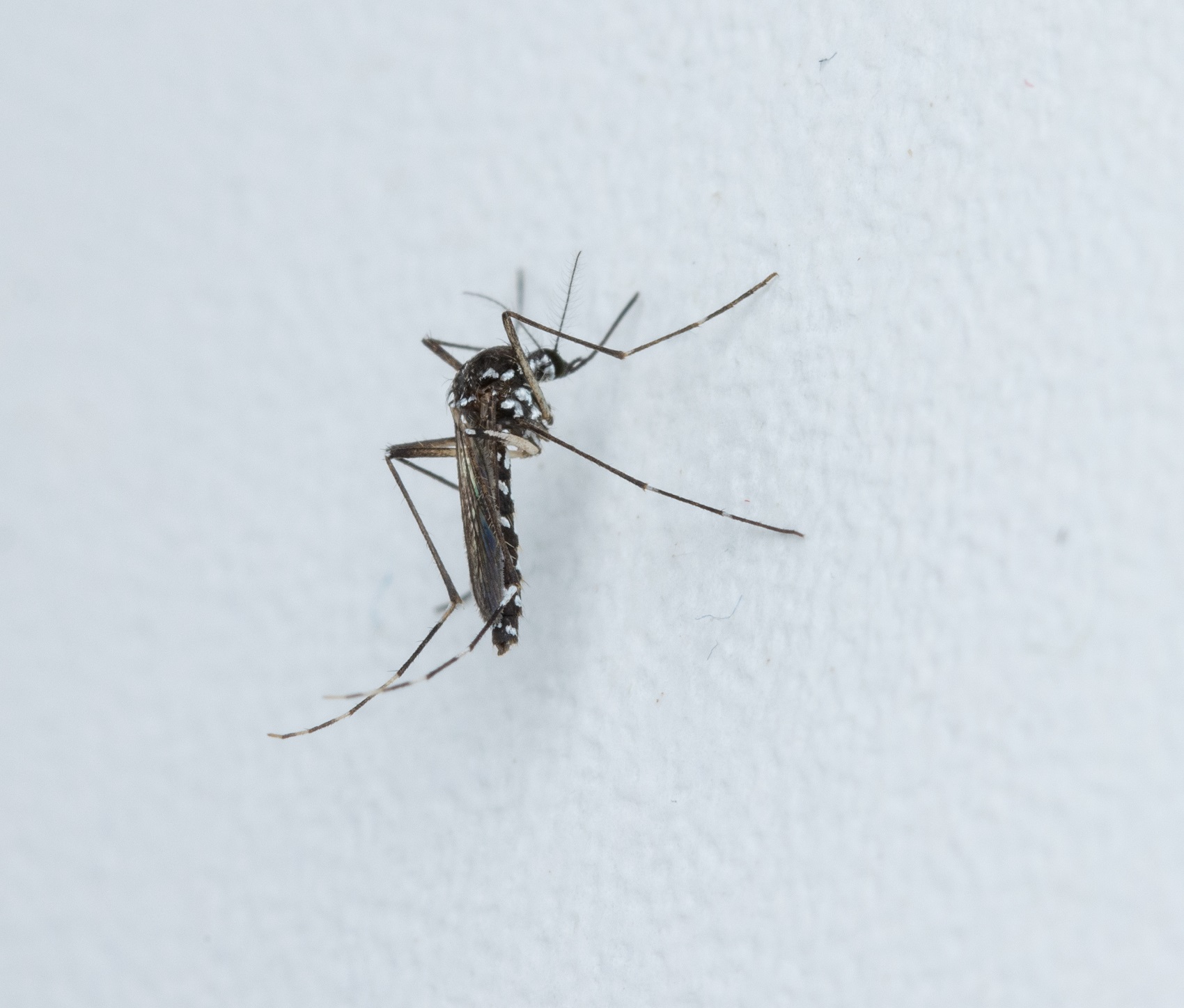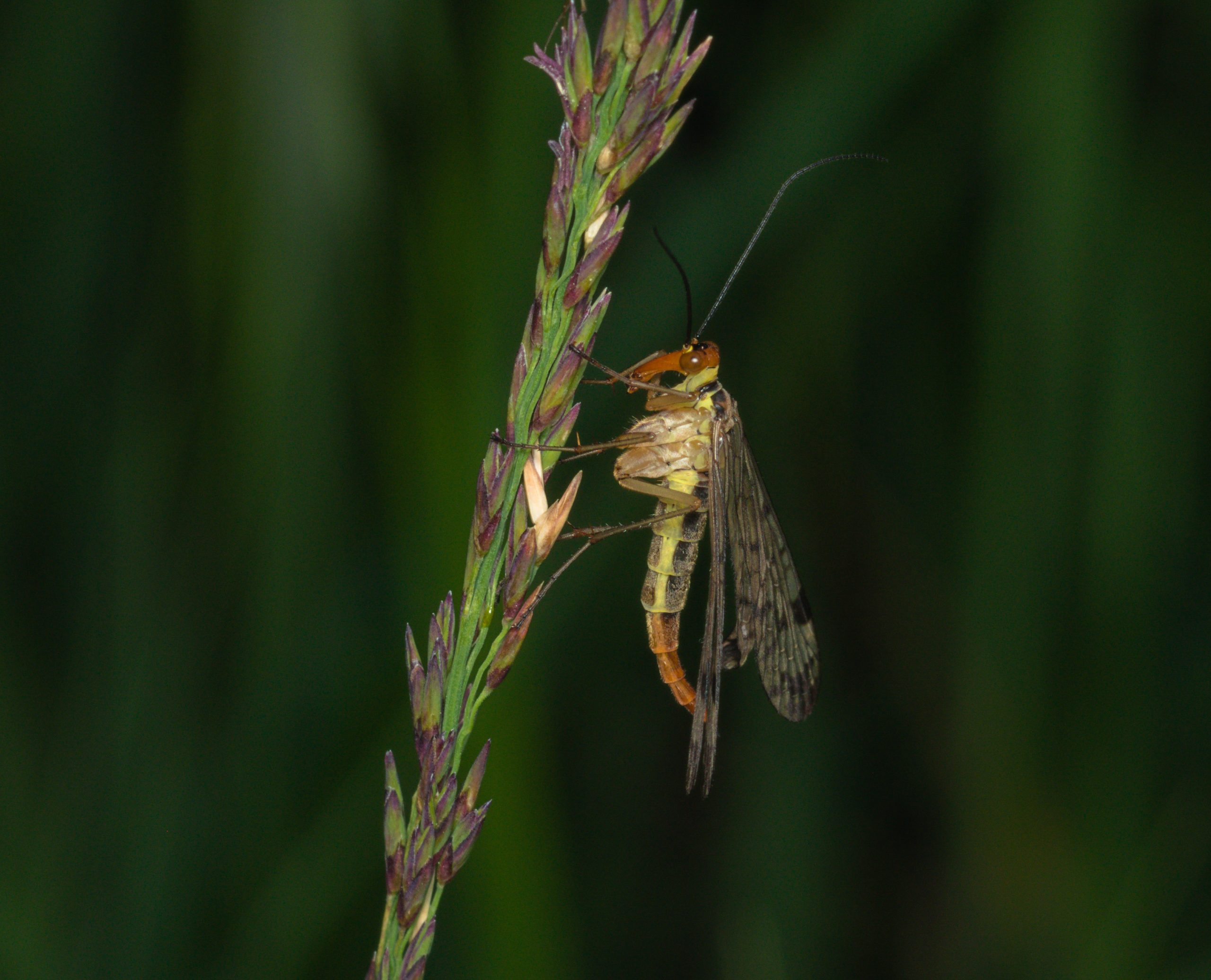- Insects
Apis mellifera
The honeybee is hymenopteran insect. Their body is organised into a head (cephalon), a thorax of three body segments, and an abdomen. On the head is one pair of geniculate antennae, three ocelli, a pair of large compound eyes, and mouthparts. This has well-developed mandibles for cutting, and a long, hairy tongue, which is formed by the elongated and fused labial glossa. The tongue is surrounded by the labial palps and maxillary glossa, which together with the tongue form a kind of proboscis. The thorax is strongly centralised, the largest being the middle thoracic segment (mesothorax). There is a pair of legs on all three thoracic segments. The last pair has flattened tibiae armed with a basket made of bristles, which serve the bee in collecting pollen. The mesothorax and metathorax each carry one pair of membranous, sparsely veined wings. The first pair of wings is larger and the second pair is smaller. During flight, both pairs of wings are attached by hooks (retinaculum). The first abdominal segments are narrowed, and markedly separate the abdomen from thorax. The abdomen bears no legs, but the retractable stinger (a modified ovipositor) is transformed into a sting with a barb.
The Carniolan honeybee is the best-known bee species of over 540 species registered in Slovenia. Most Slovenian bee species are solitary and only a smaller fraction is eusocial. The Carniolan honeybee is one of the latter. Due to its eusocial life, the Carniolan honeybee is of commercial interest and has enabled beekeeping to flourish in our country.
Bees are holometabolous insects. Their life cycle consists of four stages: eggs, larvae, pupae and adults. They live in families formed by the queen, workers, drones and brood. The queen is the reproductive female who lays eggs and is the largest of all the inhabitants of the family. In a short period of time, the young queen flies to the open field and mates with several drones. When mating, castrates the drones and stores their testicles; then returns to the family and only lays eggs for the rest of her life. She is cared for and fed by the workers. All the offspring of the queen are siblings or halfsiblings. Males or drones develop from unfertilized eggs, and can be recognized by their larger eyes and larger body size. They play no special role in the hive and are often driven out of the hive by the workers. Females, either young queens or sterile workers, develop from fertilized eggs. Larvae fed with royal jelly and larger amounts of sugar develop into queens, while the rest develops into workers. The mother-queen often kills the young queens. Grown up queens leave the hive along with part of the family. The workers are involved in the work in the hive and change several roles (castes) throughout their lives. At first, they take care of the brood, later on they stay at the entrance as guards and finally they fly to collect honey and pollen. The sequence of castes is dynamic and can adapt to current needs. The biology of bees is astonishing and worth of further reading.
More photos
Related arthropods

Authors
- Urban Bogataj,
- Gregor Bračko,
- Teo Delič,
- Cene Fišer,
- Žiga Fišer,
- Rok Kostanjšek,
- Rudi Verovnik,
- Miloš Vittori,
- Valerija Zakšek.
Students Vito Ham, Vesna Jurjevič, Gaj Kušar, and Adrijan Samuel Stell Pičman also participated in the project.
